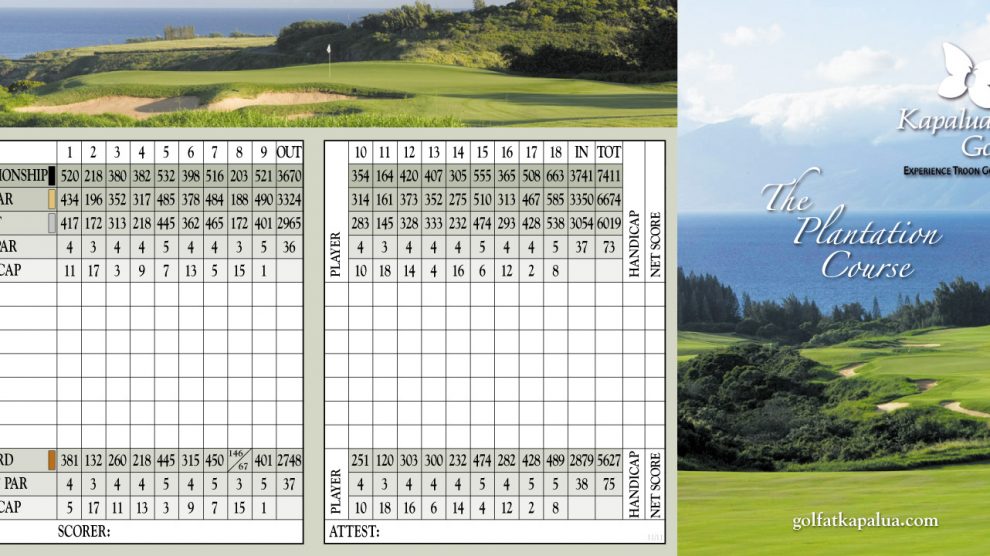When golfers play a round of golf or fans watch golf on TV, they talk about par. They talk about whether the round was over par, under par or even par, in addition to talking about the total score for their round or tournament.
But what is par? What does it have to do with golf, and how is it a measure of ability?
What is par?
According to the USGA, par is a measure of what an expert player would be expected to score on any one particular hole based on the length and difficulty of that hole. Par assumes a player reaches a green in regulation and then takes two putts from the putting surface to hole the ball.
Length is the primary factor in determining par for a hole, but holes that are on the borderline of being a par 3, 4, 5 or more will be influenced based on the hole's design.
Determining the par for an entire 9- or 18-hole golf course (or any number of holes, really), then, is simply an addition problem. Add up the par for all of the holes on the course, and you'll get the par for a golf course. For an 18-hole course, the most common par is 72, though 70 and 71 round out the most common golf course par.
If you shoot even par, you have, by USGA standards, played a tremendous round of golf. Par, however, is also different from a course rating, which is what a scratch player is expected to shoot under normal scoring conditions. This is a better, more exact indication of what would be an excellent score on a particular golf course from a particular set of tees.
There's also the concept of net par and gross par. Gross par is the par for a golf course as stated on the scorecard. Net par is a different number and tailored to the individual. A player's net score in golf is their actual score on each hole, subtracted by the number of handicap strokes they get on each hole. Then all 18 holes are added together and compared to par. Net scores and handicaps are helpful in allowing golfers of disparate skill levels to compete against each other on the golf course.
Why is it called par?
The term par is a common term, not only in golf but also in finance and banking. Par is finance is a valuation that is normal or expected, an equal level of weighting.
It is from that meaning that the USGA applied the term par to golf in 1911. Par and bogey were once interchangeable terms, but with this delineation, the golf world decided par was better than bogey.
The phrase "par for the course" is typically used colloquially to mean something that is commonplace and expected. However, in reality "par for the course" should not mean that at all. Shooting a round of even par or better in a round is quite rare and unexpected. Considering that less than 1.6 percent of all golfers are capable of routinely breaking the course rating on any golf course -- a term known as being a scratch player -- "par for the course" is anything but ordinary.

